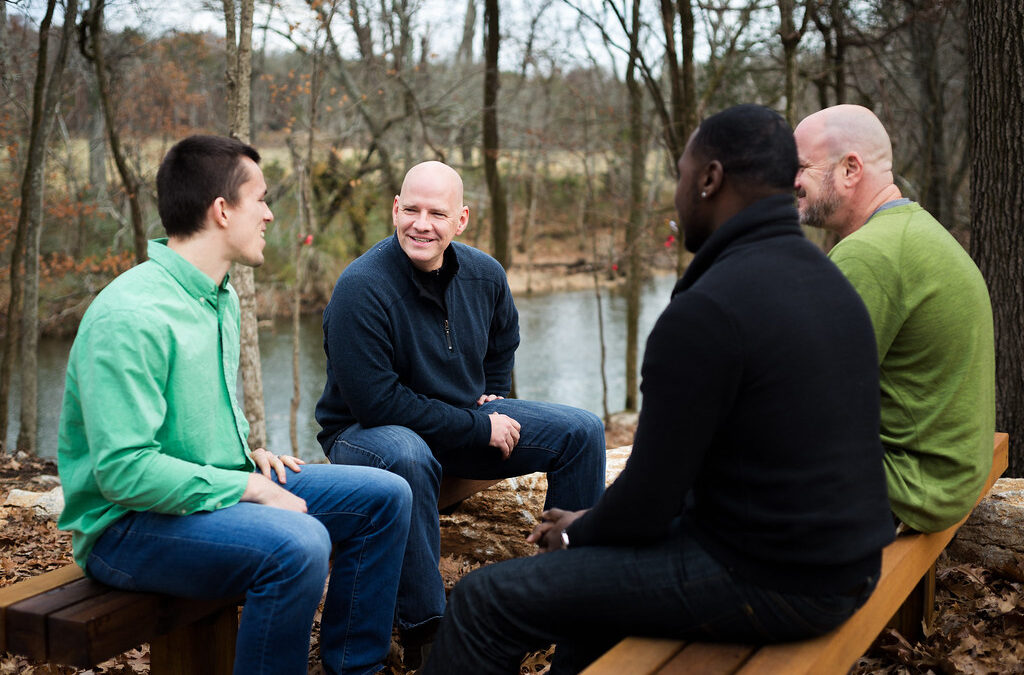For many, the thought of a snake bite fills them with fear. For Tim Friede, it’s just another Tuesday. After an upbringing of voluntary snake bites, Tim’s body became a hub for immunity against snake venom – turning him into a goldmine for scientists.
Growing up, Tim Friede loved snakes. He would collect garter snakes in the Wisconsin outdoors and keep them in little jars, much to his parents own dismay. However, as time went on – Tim’s passion began to dwindle. He had a stint in the military, got married, and moved on.
But after meeting Bill Haast in 1999, the first man to ever attempt self-immunisation, Tim was inspired to reignite his passion for snakes and follow in Bill’s footsteps.
“I didn’t want to use anti-venom.” Tim says, “I didn’t want to die. I didn’t want to lose a finger. I didn’t want to lose my job. I didn’t want to miss work. For me, it was just a very logical decision to take the venom and inject it into myself to create immunity, just like they do in horses. So I basically became the horse.
Tim’s passion was difficult to realise – there were no books or classes that could teach him how to self immunise – so he had to figure it out all by himself. He took a venom extraction course at age 30, and in 2000, he began to experiment with his pet copperhead.
After amassing a collection of over sixty pet snakes, he began to inject himself with small amounts of venom extracted from his snakes – in the hopes that it would cause his body to develop some form of self-immunisation.
Tim says: “At first, I did it for myself because I didn’t want to die. After I was studied in 2004, I realised I was immune, and then I thought ‘how am I going to take it to the world where most people die from a snake bite?’
“So for years and years I emailed doctors and politicians and anybody I could to try to get this in the field somehow or make a better antivenom. First, the antivenom didn’t even cross my mind to be honest, because I’m only one person. I don’t have a lot of plasma to give somebody. But with the advent of biotechnology, we can reproduce my good antibodies in the millions.”
As Tim continued to make his discoveries and experiments known to the world, he would reach more and more people. In 2017, he did a documentary for Barcroft TV where Tim was voluntarily bit by a black mamba and a taipan back to back.
This caught the attention of Jacob Glanville who, at the time, owned Distributed Bio – a company known for its work in antibody engineering. He had seen Tim’s documentary on YouTube, and believing that Tim’s blood would be instrumental in creating an ‘all-purpose’ anti-venom, he called right away.
“Jake called me and said ‘I want your blood. I want to make human anti-venom.’,” Tim says, “I had to turn over all my pictures, my notes, and basically 18 years of research. He needed it to know I wasn’t full of s**t.”
In an interview with Yahoo, Jacob says that the first thing Tim said when Jacob called him was ‘I’ve been waiting for this call for a long time.’
If you’re enjoying reading about pioneers in the medicine field, check out our story on the MND heroes!
Snakebites don’t have a general antidote. Different snake species produce different kinds of venom, so the antivenom has to match the specific type. It makes treatment especially tricky if the person bitten doesn’t know what kind of snake it was.
That’s what makes Tim’s contributions so essential – he can take the guesswork out of treatment, and allow for a smoother procedure.
It’s important to note that Tim doesn’t simply let the snakes bite him, it’s something he says ‘would kill’ him. Instead, takes a more procedural approach; he extracts the venom using specific measurements and injects them into himself. It’s a process that he says ‘always burns.’
He believes that, up until the point that he stopped injecting himself around 2018, he had been exposed to the venom of around 200 snakes. It’s led to him being in anaphylactic shock twelve times, in a coma for four days, passing out six different times, and more.
But despite this all – Tim kept pushing on, inspired by the thought that his antibodies could change the world.
“125,000 people die from snake bites every year.” Tim explains, “That was my driving force – knowing I represent those people who can’t represent themselves. For 18 years, I was living as close to death as you could possibly get. If I made a mistake, realistically, I wasn’t making it to a hospital.
“I didn’t inject every day but I would inject, take a break, take a bite, film it, go back, read, take notes and just bounce back and forth between notes, reading and getting bit to get good at it.”
Despite his deep knowledge of snakes and venom, Tim had no formal scientific background and no degree. His expertise came purely from years of hands-on experience and self-driven experimentation. When he began collaborating with Jacob Glanville’s team – now operating under the name Centivax – Tim made it a priority to speak their language.
He studied immunology and trained himself to communicate effectively with scientists, ensuring he could contribute meaningfully to their research.
Today, at 57, Tim’s blood continues to be extracted and researched by Centivax – with new antibodies and methods of immunity always being discovered. Currently, the anti-venom is in the process of animal testing – with public consumption being only a few years away.
Tim’s journey is one of dedication against all odds – but even after seventeen years of exposing himself to snake venom, it’s not something he would recommend to anyone else.
He says: “I can’t for liability reasons. My attorneys won’t let me do it. And I don’t want to kill somebody. I wanted to know what venom felt and I wanted to make a difference with it.
“There’s a total good cause behind what I do. That’s what antivenom is. And if I didn’t get to that point I would have been really disappointed. Because everything that I did would have been in vain.”
In the end, Tim’s blood has allowed for the production of anti-venom capable of countering thirteen out of a sample of nineteen venoms. Even if he didn’t know it when he started, Tim’s self-produced antivenom has now saved many lives and made curing snake venom much, much easier.



